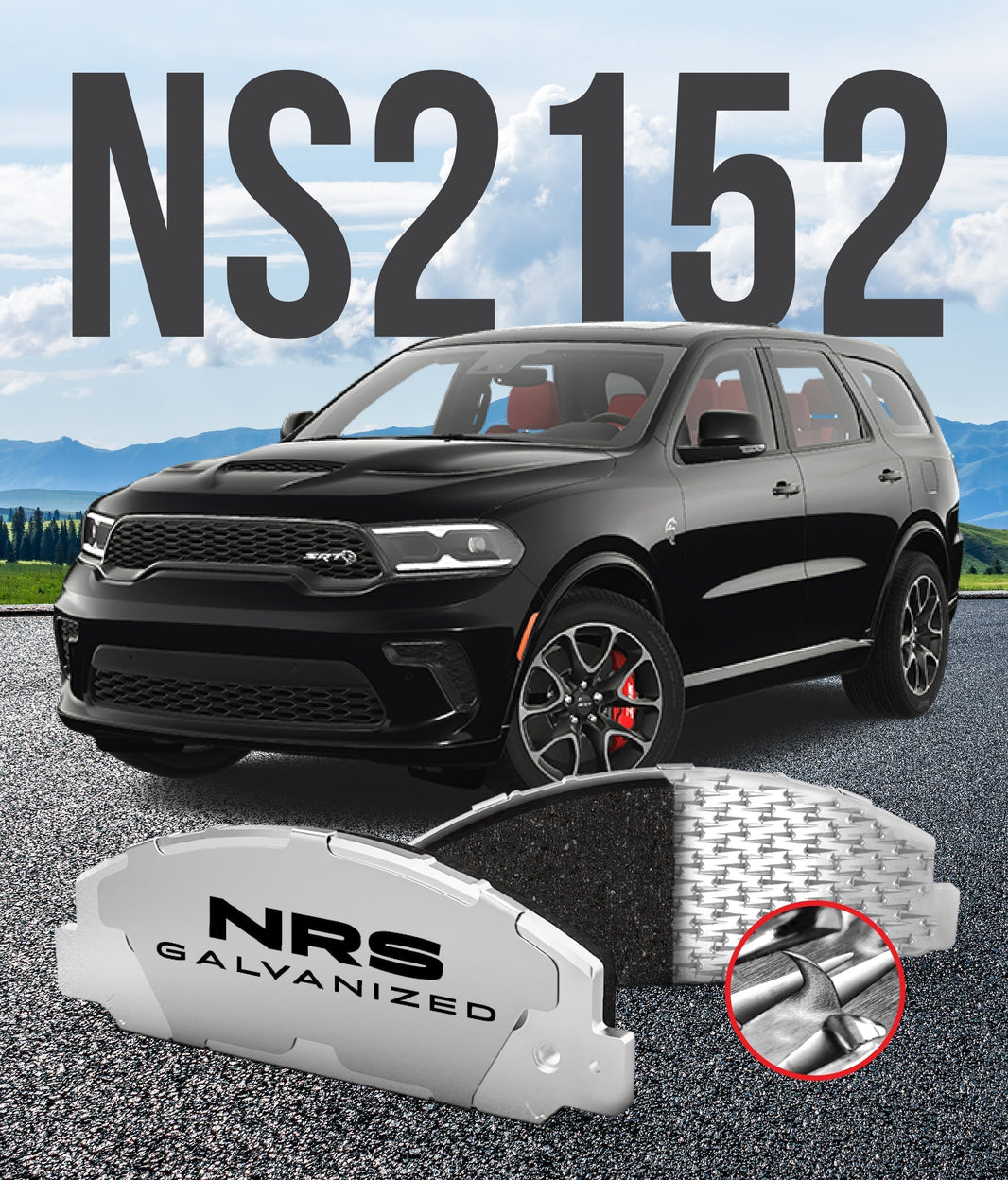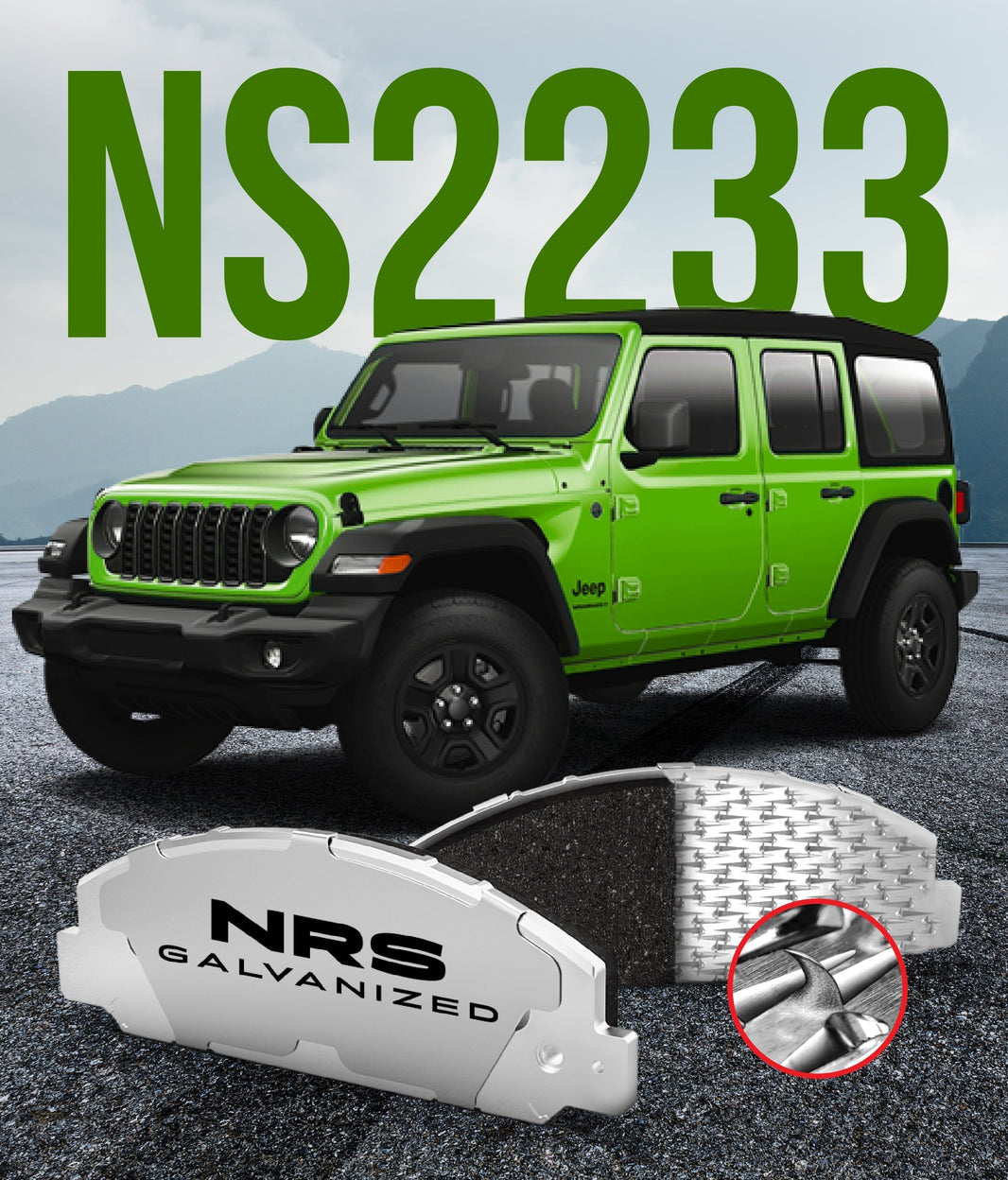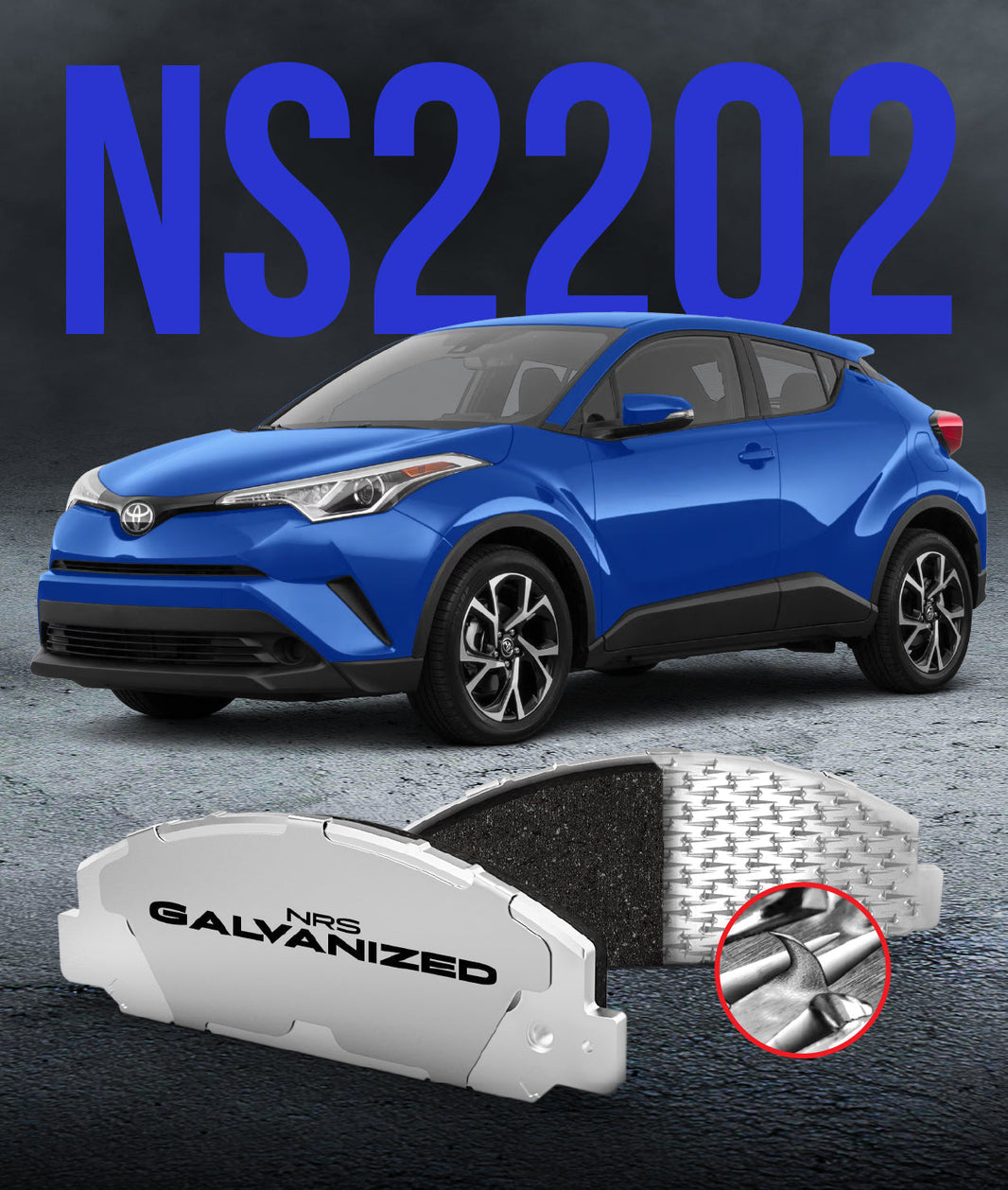
Electric vehicles are a whole different beast. Internally, their systems bear only a nominal resemblance to conventional internal combustion engine vehicles. So, it comes as no surprise that electric vehicle braking is different too. Here’s what you need to know about electric vehicle braking and how it differs from traditional brake systems.
Electric Vehicles Brake Differently
The biggest difference between braking in electric vehicles (EVs) versus internal combustion engine (ICE) vehicles is regenerative braking. The EV drive system moves via a motor, powered directly by the EV battery. When an electric vehicle brakes, the motor kicks into reverse. This creates an electromagnetic force that works opposite the forward momentum of the vehicle which causes the car to slow.
Regenerative braking has several advantages. The most significant is that it recovers some of the energy spent to move the EV and returns it to the battery. This extends the vehicle drive time between charges. Second, it allows the EV to use the brakes less frequently. This reduces the mechanical strain on the braking system.
EV Issues With Traditional Brakes
Moisture naturally builds up on brake pads during normal braking in any vehicle. In ICE vehicles, the braking system is the primary mode of slowing the vehicle. So, the brakes get used often. When they do, they generate heat from the friction of the brake pad against the brake disc or drum. This heat causes any built-up moisture to evaporate before it can corrode the pads.
Electric vehicles use the brake less often. This means that built-up moisture does not evaporate as quickly. Unless the brake pad is corrosion resistant, rust builds up. This corrosion deteriorates the backing of the pads. It also breaks down the adhesive used to attach the backing to the friction material. The result, ironically, is that traditional brake pads tend to fail faster on EVs than with ICE vehicles.
To address this, EVs should use brake pads designed to be corrosion resistant. Galvanized brake pads, like NRS brake pads, are naturally corrosion resistant. This makes them an excellent choice for electric vehicles. Additionally, NRS brake pads do not use adhesives to attach the backing to the friction material. Instead, they use an in-situ hook system that stays secure even on heavy-use EVs.
Environmental Issues With Traditional Brakes
Traditional brakes are major polluters on crowded roadways. To inexpensively protect them from rust, they are painted. This paint chips off over time, exposing the metal beneath and leaving paint residue behind. Additionally, traditional brake pads often contain lead and copper. These two heavy metals contaminate the brake dust generated during normal braking. This can have long term environmental effects on the land and population surrounding a major highway.
NRS Galvanized Brake Pads Are Designed For EVs
NRS Galvanized Brake Pads are designed specifically for electric vehicles. They are designed to work well with regenerative braking. They are corrosion and delamination resistant. And they contain no lead, no copper, and no paint. This makes them 100% recyclable, unlike traditional brakes.
Don’t waste money on brake pads that are going to fight your EV’s braking system. Instead, invest in a set of NRS galvanized brake pads today.




